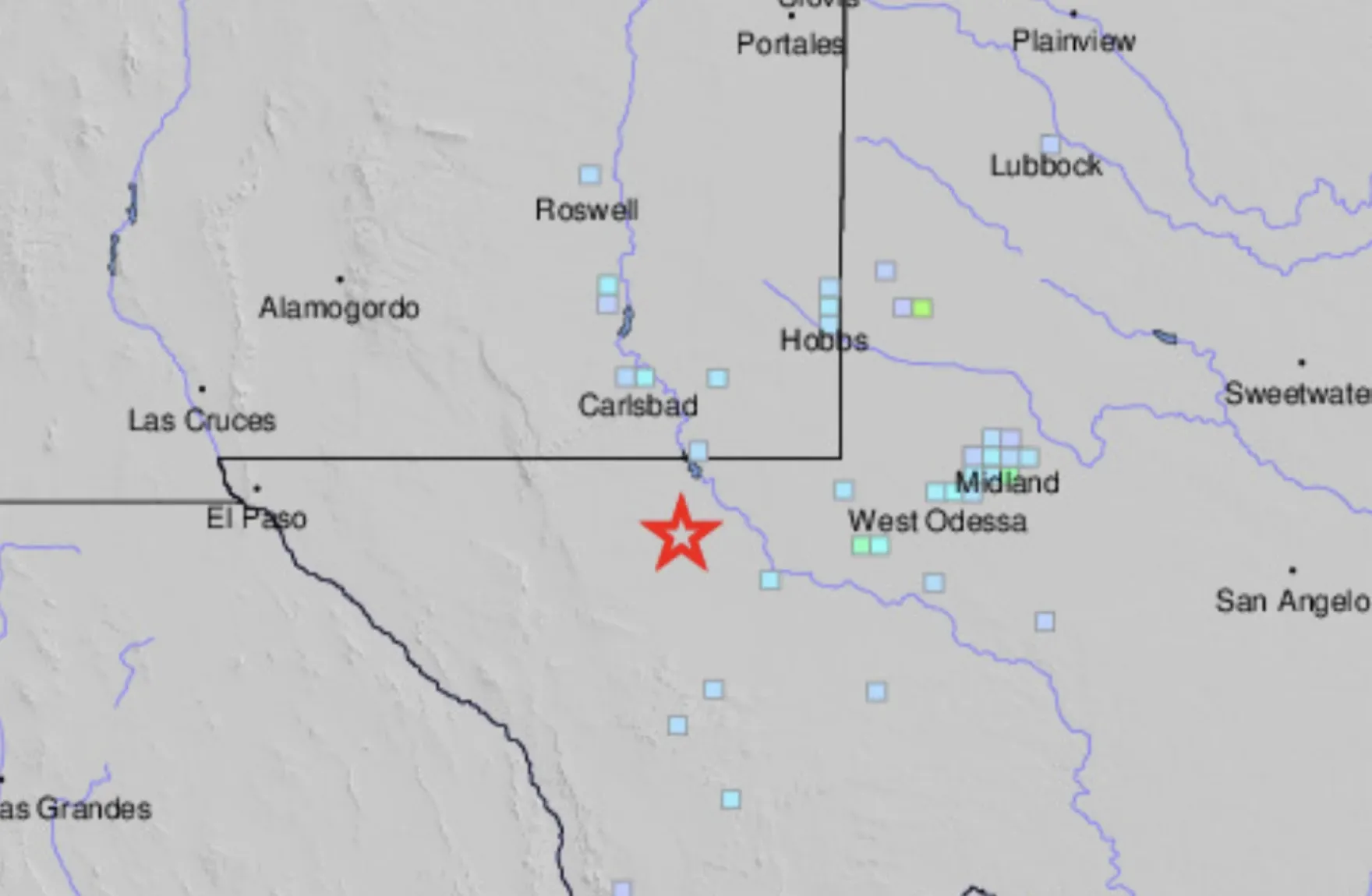Tremors!
West Texas earthquakes have increased in number and severity in recent years. Some pointy-headed geologists blame it on fracking, but is that a giant cover-up?

In the pantheon of American cinema, there are a few movies whose concept and execution were so flawless as to merit the release and public acclaim of one or more sequels that merged the zeitgeist of the time with timeless insights into the human condition in a seamless production that both entertained and edified. The Godfather trilogy is perhaps the best example, a multigenerational story so powerful that is has been condensed into multiple permutations, including The Godfather Trilogy: 1901-1980, The Godfather Trilogy: Corleone Legacy Edition, and so on.
And then there is the Tremors franchise. Who can forget the heart-gripping drama as Kevin Bacon and Fred Ward team up to rescue their little town of Perfection, Nevada, from giant, prehistoric, worm-like monsters hungry for human flesh? Why, if it wasn’t for plucky survivalists Reba McEntire and Michael Gross, the story would have ended tragically, that is to say, without sequels.

I was as surprised as you probably are to find out there were seven movies and a TV series in the Tremors franchise, with the latest movie released in 2020. Bacon, Ward and McEntire short-circuited their careers by abandoning the franchise after the first movie; they’ve hardly been seen or heard from since. Michael Gross hung in there for the first three movies, thereby erasing the stain of having played Alex P. Keaton’s father in the execrable Family Ties.
I was reminded of the durable impact of the Tremors franchise when I read about the recent "earthquake" in West Texas. The quake, confirmed by the U.S. Geological Survey, was the largest recorded in the state since 1995 and the third-largest in Texas history, according to the USGS National Earthquake Information Center. It could be felt as far away as San Antonio, where it did enough damage to cause the closure of the old Robert B. Green Hospital building.
The Texas Tribune reports that the Railroad Commission is “investigating” the earthquake:
The number of earthquakes recorded in Texas has spiked in recent years, particularly in West Texas’ Permian Basin, the most productive oil and gas region in the state. Scientific studies have linked the seismic activity to the disposal of contaminated, salty water deep underground — a common practice by oil companies at the end of the hydraulic fracturing process that can awaken dormant fault lines.
Between three and six barrels of salty, polluted water also come up to the surface with every barrel of oil during the fracking process — ancient water that was trapped underground by rock formations.
Years of pumping hundreds of millions of gallons of contaminated water per day underground in Texas has coincided with more frequent and more powerful earthquakes in the state: An analysis by The Texas Tribune found that the number of earthquakes of 3.0 magnitude and greater had doubled in 2021 from the previous year.
The vast majority of seismicity in the last two decades that’s occurred near Pecos was likely triggered by increased wastewater disposal, a 2021 study by USGS and University of Texas scientists found.
To be sure, no one has confirmed the involvement of Graboids in the recent earthquake — yet. And West Texas is the region most likely to have earthquakes, according to the Texas Almanac. But is it really likely that the Railroad Commission — notorious lapdog of the oil and gas industry — would examine fracking as the cause of increased seismic activity in the Permian Basin?
I’m not saying there’s a cover-up, but I am keeping my eyes out for Graboids.

